The Puma ForeverRun Nitro 2 is a cushioned daily trainer that provides a high level of stability without its support features feeling overbearing on the run. It’s a great option for new runners and anyone seeking a supportive and comfortable shoe, and comes in cheaper than many rivals.
While it’s heavier than the original ForeverRun Nitro and has sacrificed some versatility compared to that shoe in order to become more stable, the ForeverRun Nitro 2 is one of the best running shoes you can get if looking for a blend of stability and soft cushioning.
In my Puma ForeverRun Nitro 2 review I’ll cover the pros and cons of the shoe I’ve noticed after 40 miles of running, and compare it to other cushioned stability shoes I’ve tested like the Saucony Hurricane 24 and Asics Gel-Kayano 31.
Puma ForeverRun Nitro 2 review: price and availability
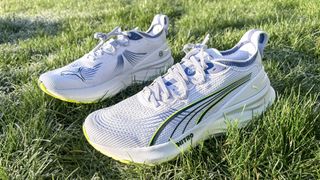
The Puma ForeverRun Nitro 2 launched on 6 February 2025 and costs $150 in the U.S. and £140 in the U.K., which is the same price as the original ForeverRun Nitro and a little cheaper than many rival shoes including the Saucony Hurricane 24 and Asics Gel-Kayano 31.
Puma ForeverRun Nitro 2 review: design and fit
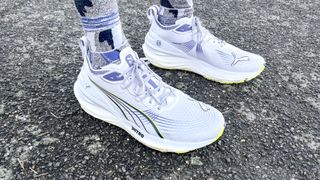
While I enjoyed running in the original ForeverRun Nitro as a neutral runner, it was a little narrow at the midfoot to be considered a true stability shoe, and Puma has addressed that with the second version, which has a much wider midsole base.
The stack height is also higher on the new shoe, which is 38mm tall at the heel and 28mm at the forefoot for a 10mm drop, compared with 36mm at the heel and 26mm at the forefoot in the original ForeverRun Nitro.
This increase with width and height does lead to a jump in weight as well. The ForeverRun Nitro 2 is 11oz in my men’s size 10, whereas its predecessor was 10.3oz in the same size.
I found the shoe fit me well in my normal running shoes sizes, with enough room in the toe box and the rolled padding around the collar of the shoe holding the back of my foot in place securely and comfortably.
Upper
The Puma ForeverRun Nitro 2 has an engineered knit upper with PWRPRINT overlays used to add more structure in key areas. The heel collar has a lot of padding around it to increase the comfort of the shoe, while the tongue is quite thin to improve breathability.
At the back of the shoe is a large plastic heel counter to add more stability. This is quite stiff and I worried it might cause some irritation, but I didn’t notice it on the run at all so it’s doing its job of providing more support without being intrusive.
Midsole
Like its predecessor the ForeverRun Nitro 2 has a dual-density Nitro foam midsole, with a softer, springier core of foam surrounded by a firmer frame that provides stability. Puma says the foam has been improved compared with the original shoe, and the extra 2mm of stack height increase the comfort of the shoe.
Outsole
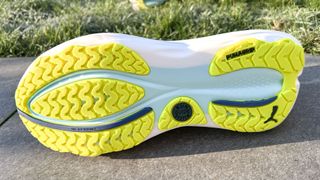
Puma’s entire range of running shoes shines when it comes to outsole grip, which is down to the Pumagrip rubber used. The ForeverRun Nitro 2 has good forefoot and heel coverage and also has rubber on the medial side of the midfoot.
I’ve been running in the winter and the shoe has delivered reliable grip on wet and icy pavements, and the impressive outsole is one edge that the ForeverRun Nitro 2 has on its competitors from other brands.
Puma ForeverRun Nitro 2 review: running performance

I’ve run 40 miles in the ForeverRun Nitro 2 across a mix of runs, mostly at an easy pace but I’ve also done a progression run and a 13-mile long run in the shoe. While it has some drawbacks compared to the original, overall I think it’s an improvement and one of the better stability shoes on the market.
The extra stability you get here compared to the original ForeverRun Nitro is important. The wider base in particular means it’s a more suitable shoe for those who need extra support, and while this does increase the weight, the bouncy midsole foam means that the ForeverRun Nitro 2 is still a fairly versatile shoe.
It’s certainly at its best when running at an easy pace though, and I enjoyed using it for my Sunday long run on tired legs after a hard workout the day before. It’s supportive and very cushioned, but doesn’t feel too big or cumbersome.
During the progression run I did in the shoe I moved from around 7:30/mile pace down to 5:45/mile pace and while it did start to feel a bit bulky by the end of the run it worked well enough. I’d prefer to use the ForeverRun Nitro 2 in rotation with a lighter, faster shoe myself, but if you’re a newer runner who just wants one shoe, it can handle a variety of paces.
The 10mm drop and lack of a significant rocker on the shoe means that the ride can be quite snappy with the ForeverRun Nitro 2 in the way you move from heel to forefoot. This isn’t a problem, but I generally prefer a more rockered feel myself as a heel striker, which you get with a shoe like the Saucony Hurricane 24.
Should you buy the Puma ForeverRun Nitro 2?
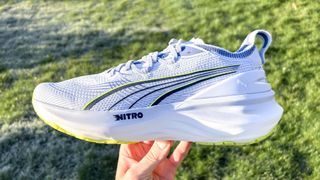
The Puma ForeverRun Nitro 2 is one of the best stability shoes I’ve tested for daily training and well worth checking out if you need extra support but still want a comfortable and reasonably versatile shoe.
It’s a great option for new or heavier runners thanks to the high level of support and bouncy midsole, and would also work in a rotation alongside speed-focused shoes, with the ForeverRun Nitro 2 providing comfort and support during your easy and long runs.
The Saucony Hurricane 24 is a similarly impressive stability shoe that has a more rockered ride and an even wider base, while the Asics Gel-Kayano 31 is another comfortable and stable option. The Puma is cheaper than both though, and I like its ride more than the Gel-Kayano 31’s, though I do prefer the rocker on the Hurricane 24.
Even if you are a neutral runner and don’t need the stability features on the ForeverRun Nitro 2 it’s worth considering as a comfortable daily trainer. However, the Puma Velocity Nitro 3 is cheaper, lighter and more versatile and would be the daily trainer I’d get from Puma’s range myself as a neutral runner.



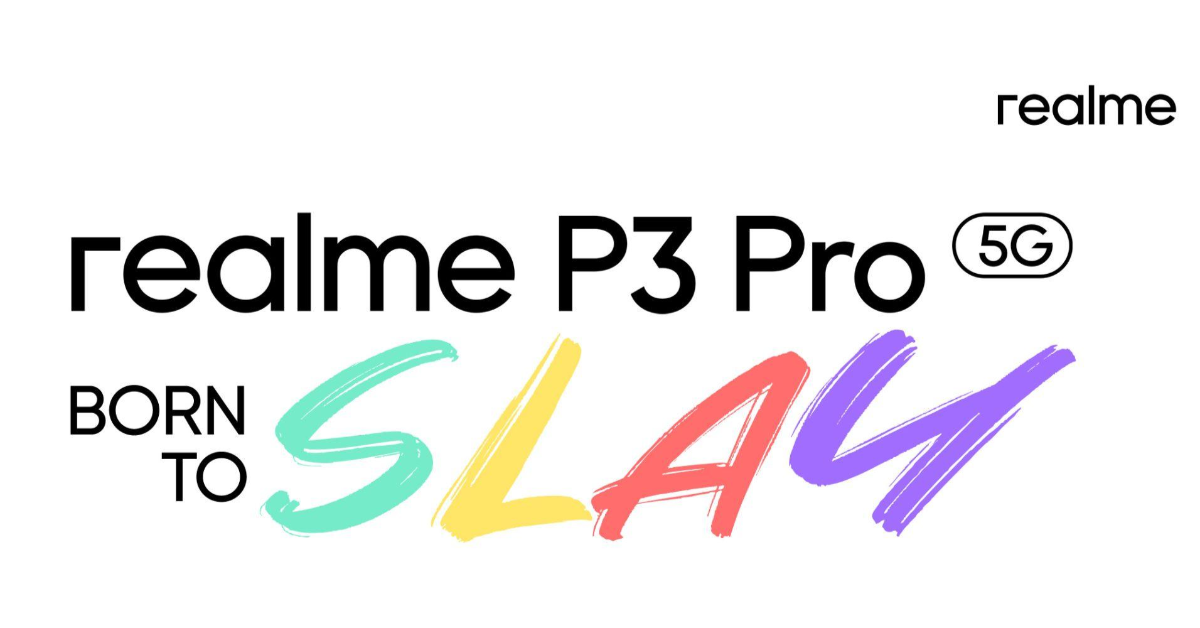
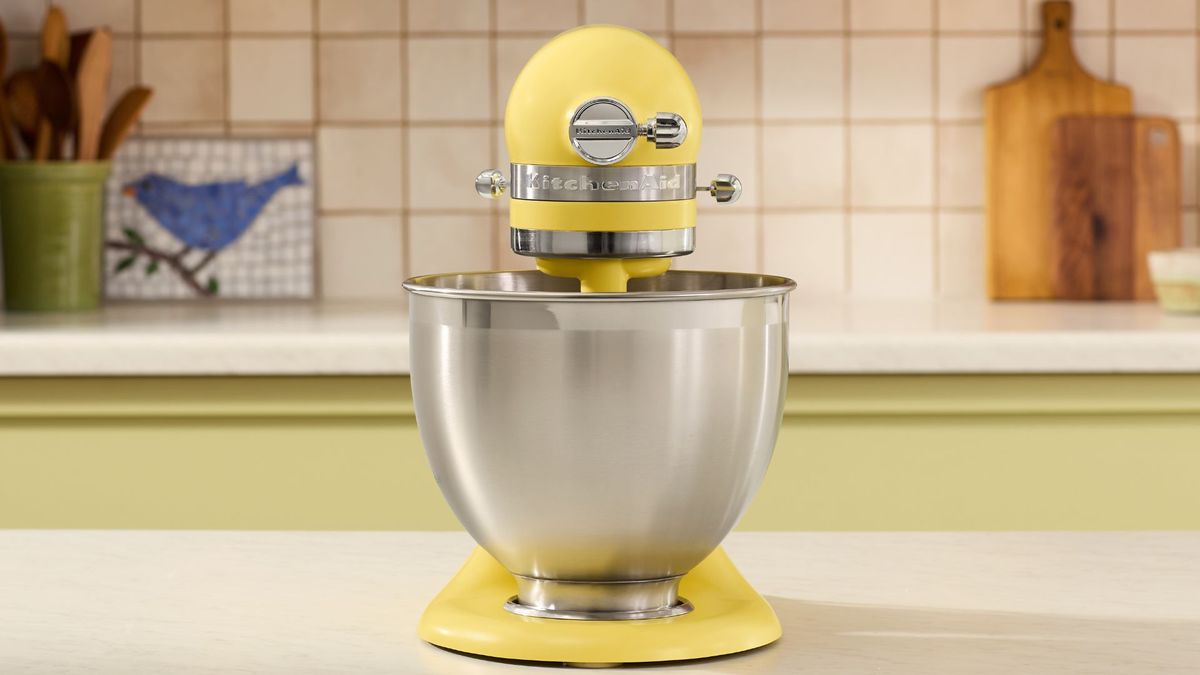
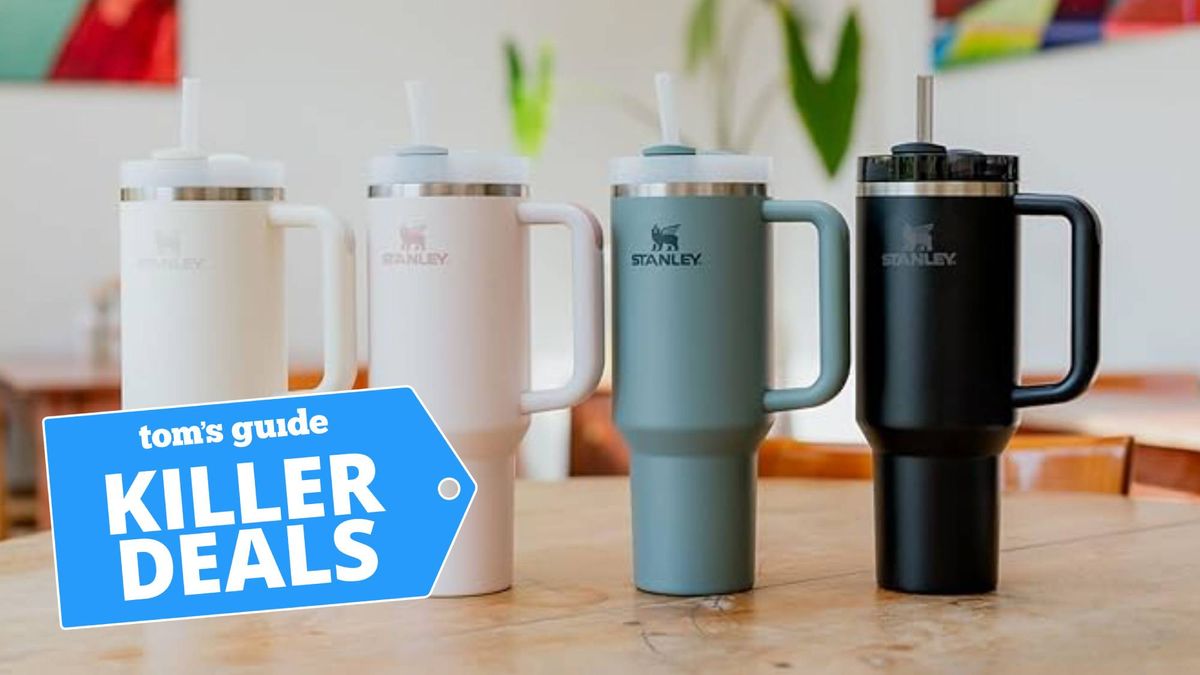
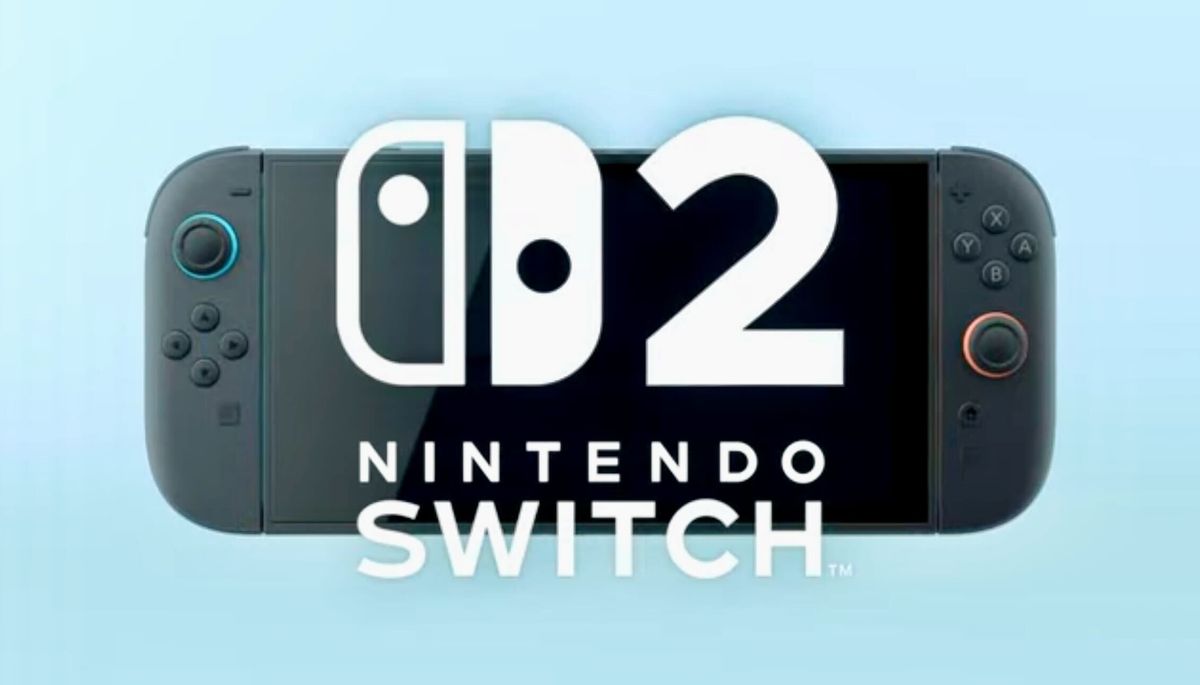



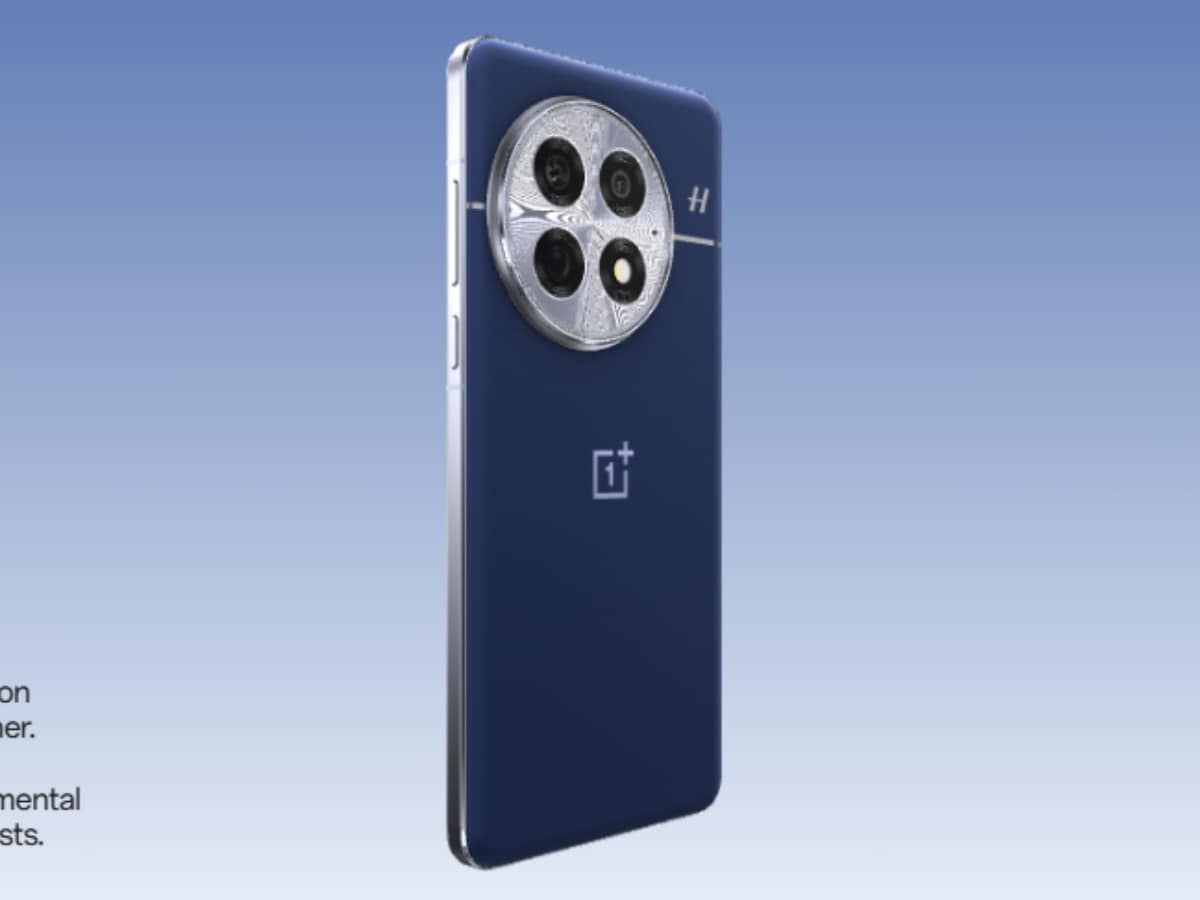

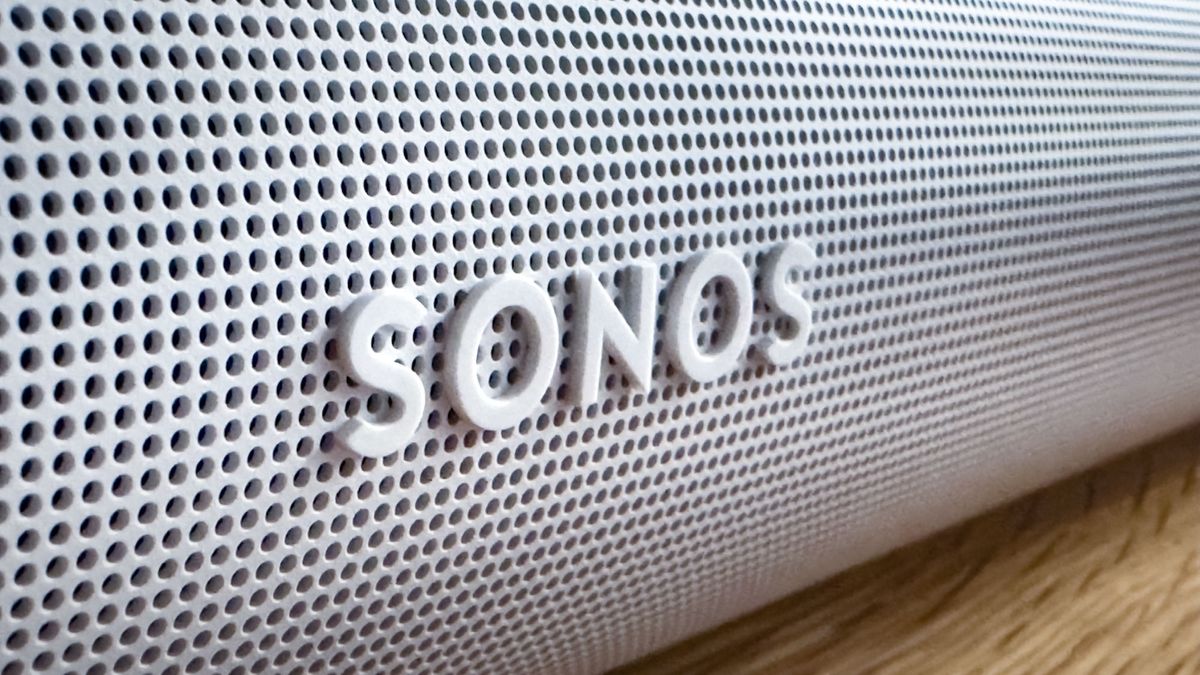


)





 English (US) ·
English (US) ·